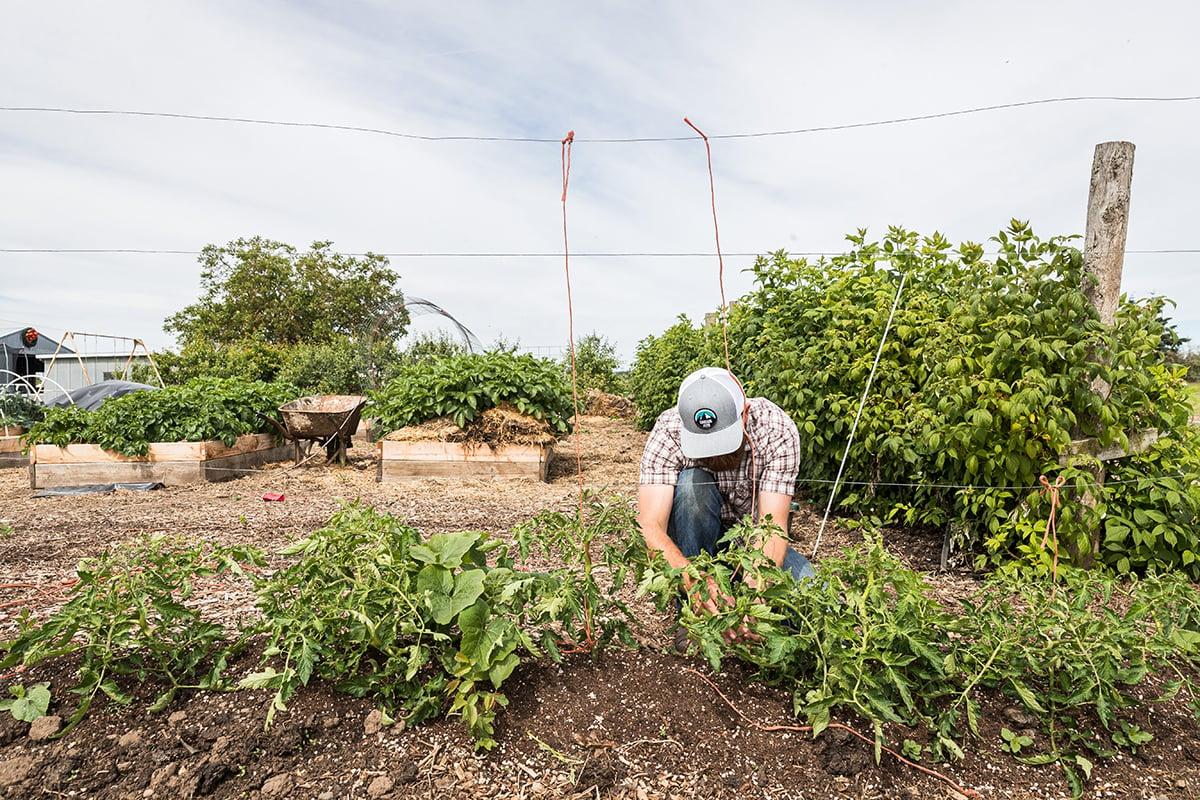Gardening with Greta: June
June 7, 2020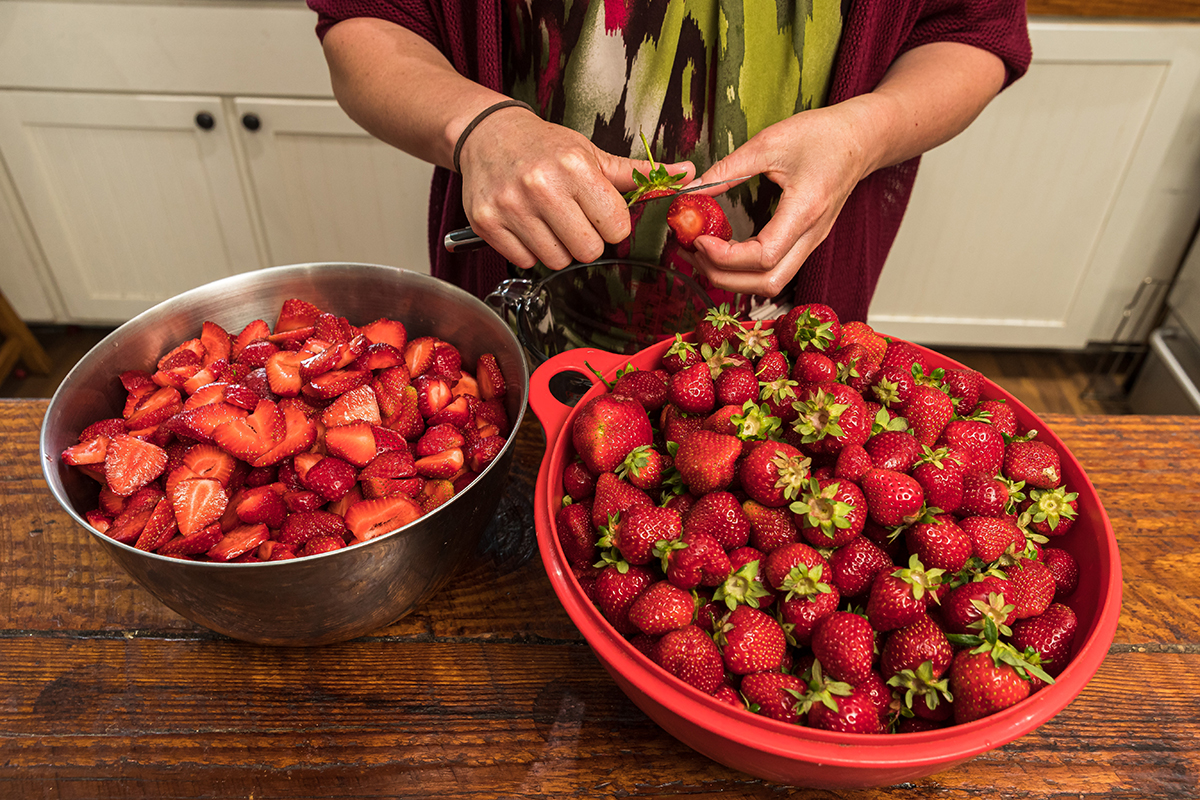
Gardening with Greta: June
Summer weather has arrived throughout the Northwest. Greta and her gardening crew are out in their garden tending to the apple trees, corn, and tomatoes, and harvesting strawberries to make yummy freezer jam. Check out this month’s Gardening with Greta to get more from your garden.
Thin Your Apple Trees
Ever eaten fruit off a wild apple tree? They’re small and a bit tart (depending on when you pluck the fruit). By thinning your apples, you’ll get bigger fruit and a better harvest next year. Plus, you’ll reduce the chances of a broken branch because of too many apples in one spot.

For best results, wait until the June drop, or whenever you notice some of the smaller apples falling from the tree. Then tackle each tree with a sharp pair of pruning scissors, a bucket, and some time.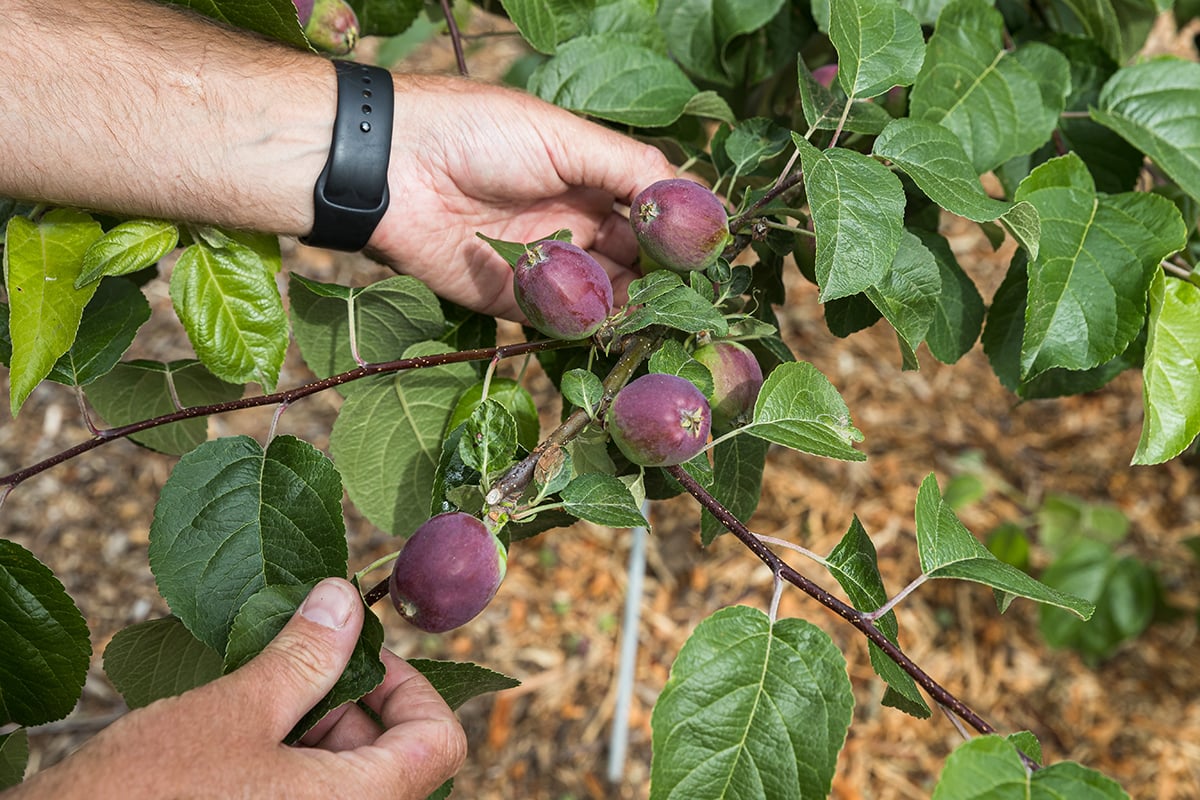
First, remove all but one apple in each cluster of small apples. Throw the bad apples into your bucket. You want to keep the healthiest, less damaged, and largest of the apples in each cluster. If you need to decide between two of equal size and quality, pick the one that will get the most sun. Next, make sure the branch has no more than 1 apple every 6 inches.
Coastal tip: use the thinned apples to make a puree for the pigs or add them to your compost.
Turn Your Strawberries into Freezer Jam
Depending on the types of strawberries you planted, you might already have a nice harvest of delicious, red goodness. Greta is going to turn her harvest into freezer jam with a recipe from Oregon State University. This recipe works with almost all other berries and fills two 8-ounce half-pint jars. Be sure and multiply the recipe to utilize all of your berries and fill the necessary number of jars. 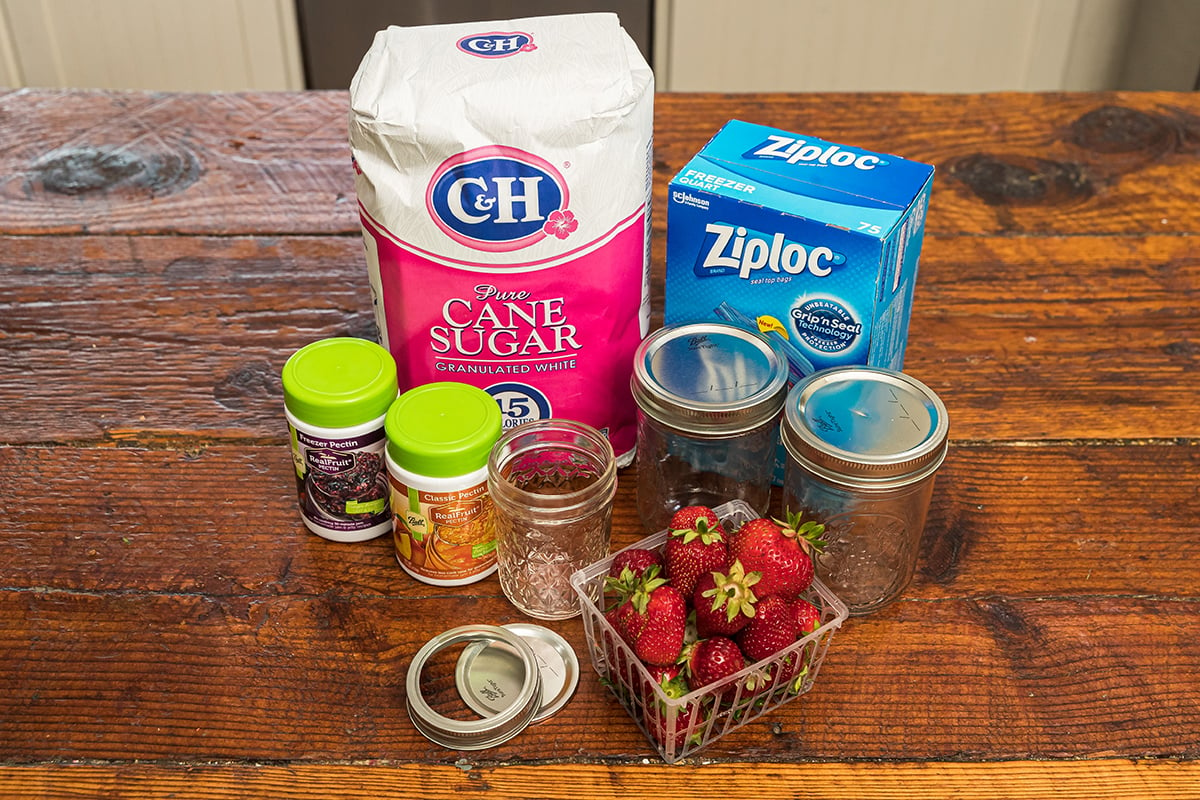
To fill two 8-ounce half-pint jars, you’ll need 1 2/3 cups prepared fruit, 2/3 cups granulated sugar, and 2 tablespoons Ball® RealFruit Freezer Pectin.
Coastal tip: when choosing your pectin, there are many options, including some that require cooking, and others that use less sugar. Read every label carefully.
Like to do thigs the easy way? Cut up your strawberries and then place them in zip-lock baggies in your freezer for later. Similar to what we talked about last fall when freezing Blackberries, you can freeze strawberries whole by topping them and placing them on a cooking sheet right into your freezer. Once they are frozen you can bag them and put them back in the freezer whole.
Directions:
Cut the stems off the strawberries.
Use a potato masher or anything handy to crush your strawberries.
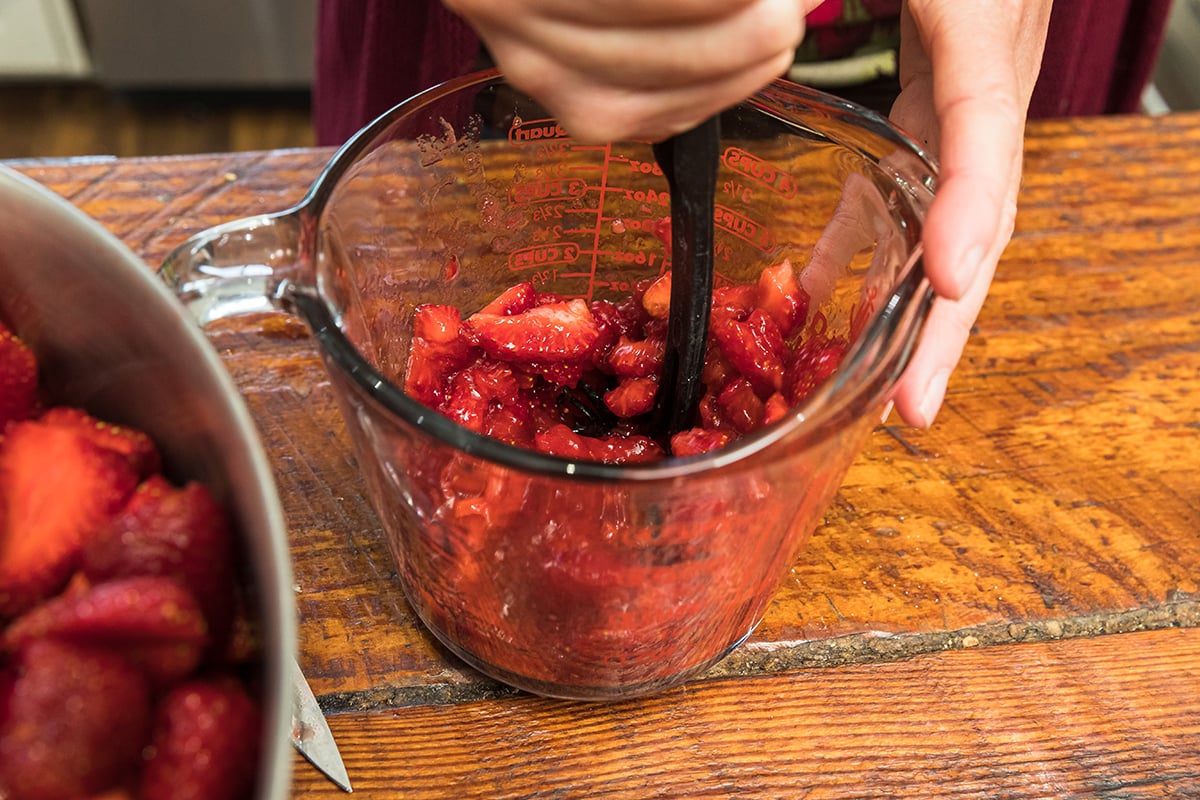
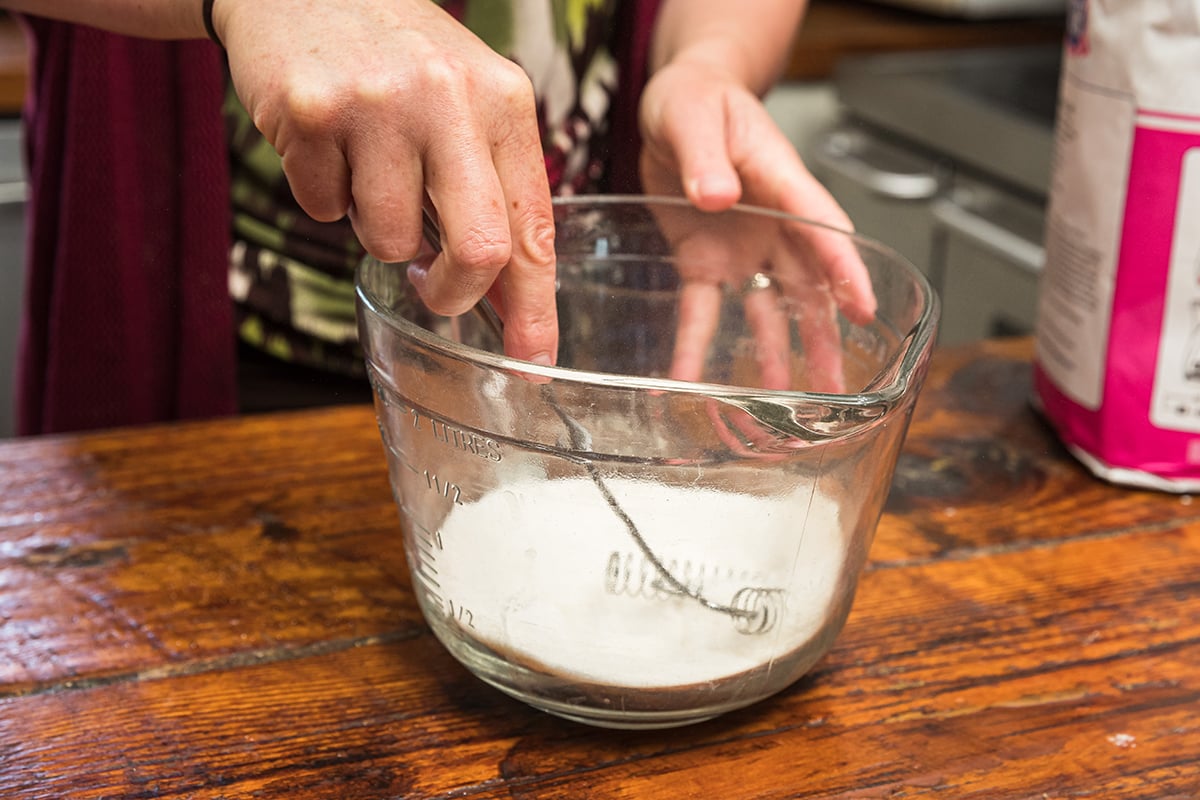
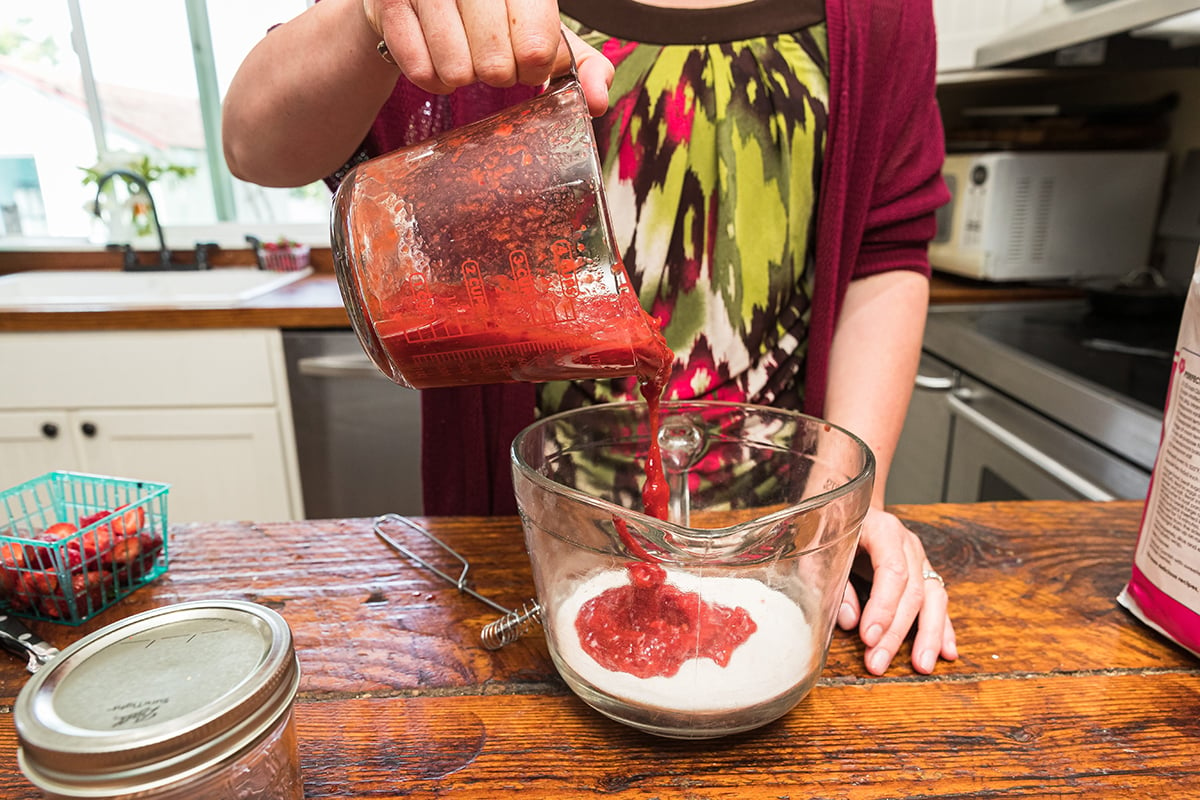
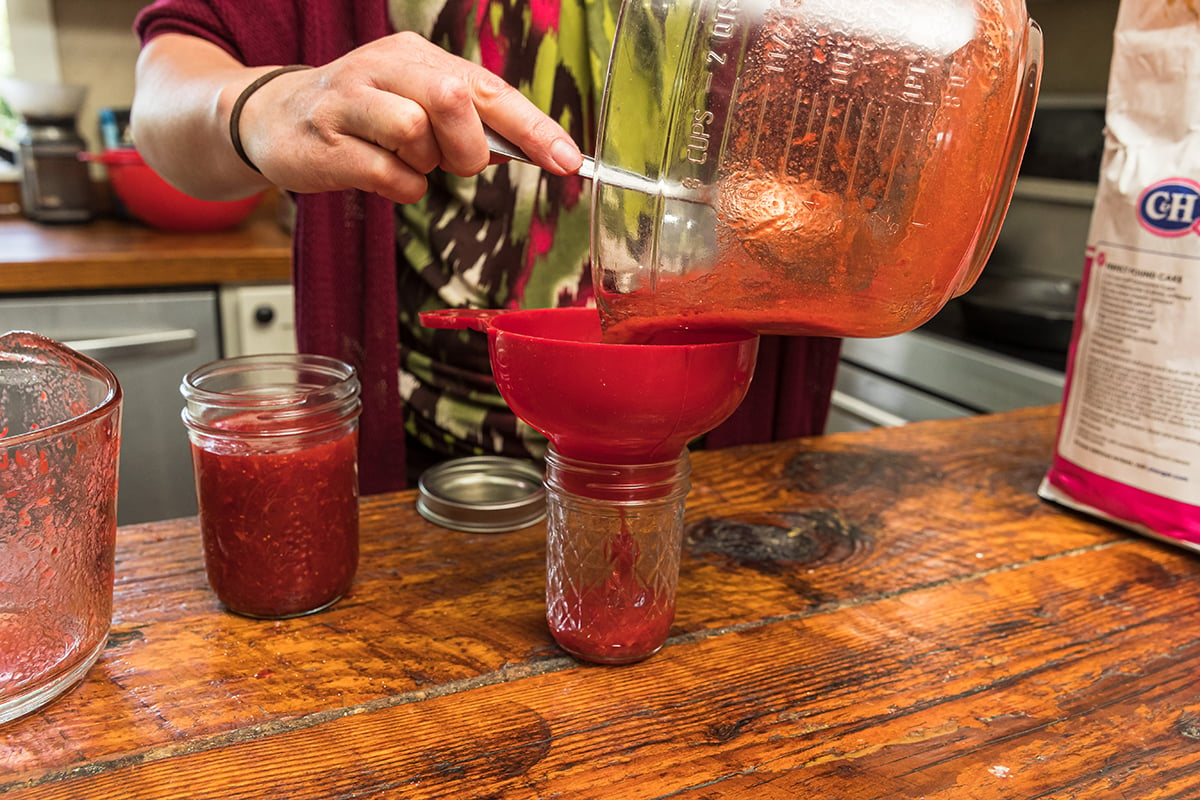
Costal tip: When filling your jars, leave a half-inch of space at the top of the jar to allow for expansion when in the freezer.
Trellising and Pruning Tomatoes
In Greta’s garden, she has a mix of determinate (bush-like plants) and indeterminant (climbing) tomatoes. The second ones require trellising. Bush-like or determinant tomatoes are best grown in a raised bed with no trellising or cage. They simply bush out and grow along the ground. Greta started her indeterminate tomatoes growing up a single strand of twine. Check out Giving Your Garden Height and Support to learn more.
Both her determinate and indeterminate tomatoes have really taken off in the last few weeks. Now, it’s time to start pruning regularly as the summer heats up.

As they grow, she’s going to help them produce better tomatoes by pruning any suckers or extra branches. First, locate a fruiting branch. These are smaller than other leafing branches. Then, remove nearby excess branches that are growing off a larger leafing branch. What you want are single leafing branches and fruiting branches that have room for tomatoes.
Fertilizing Your Corn
Tall rows of corn are a welcome sight in any garden. To encourage optimal growth, Greta is adding nitrogen between the rows of corn. This is also called side-dressing. It’s relatively easy to do with a time-release fertilizer sprinkled on the ground but not touching the stalks of the corn. If rain isn’t in the forecast for a few days, be sure to give your corn a healthy dose of water to ensure the granules stay in place and get started.
Great Gardens Start at Coastal
Your Northwest owned and operated Coastal has the seeds, starts, fertilizer, tools, gloves, hoses, and sprinklers you need to get the most from your garden. While you’re at the store, check out the aisles of pet food, horse tack, workwear, boots, and fashion clothing.

